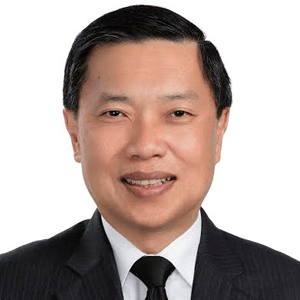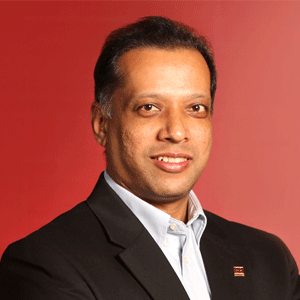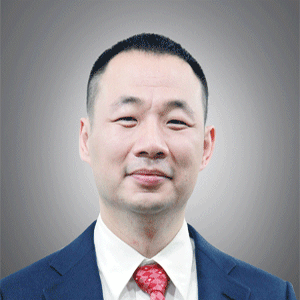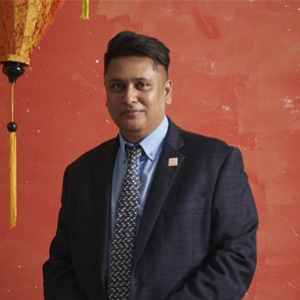THANK YOU FOR SUBSCRIBING
Editor's Pick (1 - 4 of 8)

Sashidhar Thothadri, SVP, Mobile Services & IoT of Gemalto
So whilst enthusiasm for 5G’s new network DNA is perfectly understandable, stakeholders must bear in mind that this creates a radically different security landscape













